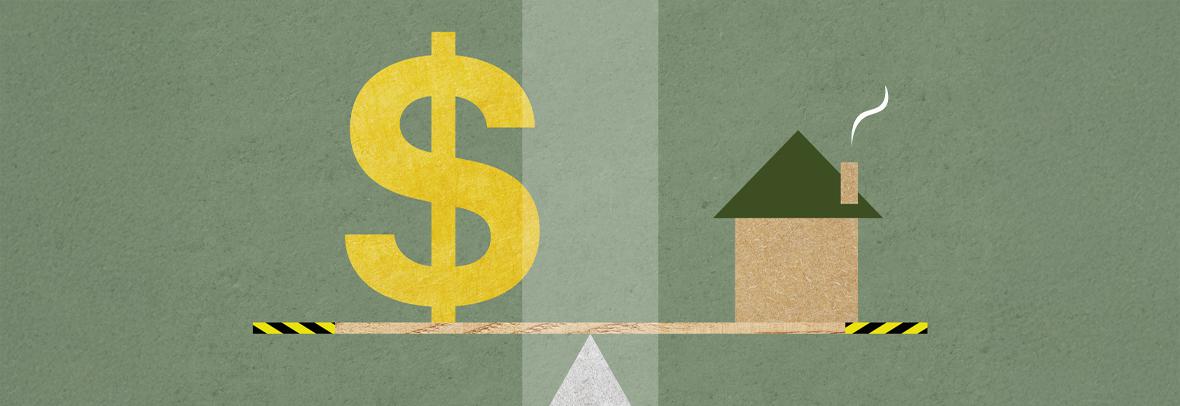
Fed Chair Cautious on December Rate Cut
Jerome Powell said another rate cut at the Fed’s December meeting “is not a foregone conclusion,” citing uncertainty from the shutdown and mixed data.
NEW YORK -- Federal Reserve Chair Jerome Powell expressed doubts Wednesday for a further policy rate cut at the central bank's December meeting, contrary to market expectations, saying it "is not a foregone conclusion, far from it."
“In the committee’s discussions at this meeting, there were strongly differing views about how to proceed in December. A further reduction in the policy rate at the December meeting is not a foregone conclusion. Far from it," Powell said at a press conference after the central bank's policy meeting.
While there is still a blackout for government data releases due to the ongoing federal government shutdown, Powell said the central bank will continue to obtain some economic information from sources other than government data. However, Powell added that high uncertainty could influence the outcome of the December meeting.
“We get some data on inflation, some data on economic activity. We’ll have a picture of what’s going on. We also will have the Beige Book,” Powell said.
“I would say we’re not going to be able to have the detailed feel of things. But I think if there were a significant or material change in the economy one way or another, I think we’d pick that up through this," he noted.
The Fed cut the federal funds rate by 25 basis points to a range of 3.75% to 4% on Wednesday, matching expectations and signaling downside risks to employment.
Available data points to softer labor market
Powell also stated that the "available evidence" showed "a somewhat" softer labor market, as the government shutdown caused a four-week economic data blackout.
“Although official employment data for September are delayed, available evidence suggests that both layoffs and hiring remain low, and that both households’ perceptions of job availability and firms’ perceptions of hiring difficulty continue to decline in this less dynamic and somewhat softer labor market,” Powell said. “The downside risks to employment appear to have risen in recent months.”
Before the shutdown, non-farm payrolls increased by 22,000 jobs in August, below expectations, while the unemployment rate ticked up one-tenth of a percentage point to 4.3%.
In September, the private sector employment, meanwhile, fell by 32,000 jobs, contrary to expectations for an increase.
Inflation 'not so far' from 2% target, aside from tariffs' effects
Powell said that the annual inflation, taking away the effect of President Donald Trump's tariffs, is "not so far" from the central bank's 2% target.
“Inflation, away from tariffs, is actually not so far from our 2% goal,” he said.
Powell stated that the Fed's primary inflation indicator, the core personal consumption expenditures (PCE) price index, is estimated to be composed of roughly five or six tenths of tariffs. Accordingly, core PCE may be between 2.3% and 2.4%, excluding tariffs, he added.
“The thing about tariff inflation is the base case is it will come, and it probably will increase further, but … it will be a one-time increase,” Powell said.
Meanwhile, the consumer price index (CPI) in the rose 3% annually in September, while increasing 0.3% on a monthly basis, both coming below the market expectations.
Economic growth 'somewhat firmer' than expected
Regarding economic growth data, Powell said that what data is available shows that economic growth has been unexpectedly strong.
“Data available prior to the shutdown show that growth in economic activity may be on a somewhat firmer trajectory than expected, primarily reflecting stronger consumer spending,” he noted.
The U.S. economy grew 3.8% in the second quarter of the year, much higher than market expectations of 3.3%, also marking the strongest expansion since the third quarter of 2023.
Federal government shutdown to 'weigh' on economy
The central bank chief also stated that the ongoing government shutdown will "weigh" on the economy while it continues, adding, "But these effects should reverse after the shutdown ends."
According to the Congressional Budget Office on Wednesday, the federal government shutdown could cost the economy between $7 billion and $14 billion, depending on how long it lasts, reducing fourth-quarter gross domestic product (GDP) by up to 2% due to a spending slip.
(c) 2025 Andolu Ajansi Provided by SyndiGate Media Inc. (Syndigate.info).
